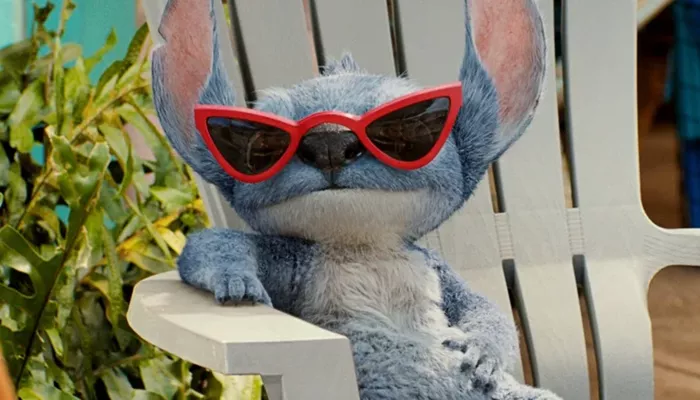Walt Disney Studios’ live-action remake of Lilo & Stitch has drawn criticism for softening the original animated film’s profound cultural and social themes. The original creators and co-directors, Chris Sanders and Dean DeBlois, chose Hawaii as the film’s setting after visiting the islands, with the goal of authentically portraying local culture and addressing themes of displacement and belonging.
The filmmakers showed deep respect for Hawaiian culture, making multiple visits to the islands to better understand Pacific Islander life. “We observed the people closely and aimed to incorporate everyday Hawaiian life in a way that avoided clichés such as showing people merely in grass skirts on the beach,” DeBlois told The Vulture. Both Sanders and DeBlois acknowledged their outsider status and stressed their responsibility to depict indigenous experiences carefully, consulting local residents to ensure authenticity.
The original film subtly confronted Hawaii’s complex history. It included elements such as Lilo’s unusual habit of photographing tourists—an allegory for colonialism and its consequences. These tourists, often white and disrespectful, symbolized the exploitation of sacred land and the marginalization of native Hawaiians.
In contrast, Disney’s live-action version, co-created by native Hawaiian Chris Kekaniokalani Bright, largely removes this cultural critique. Instead, it emphasizes the scenic beauty of beaches, hula dancing, and surfing. The remake excludes scenes where Lilo’s encounters with racist tourists highlighted tensions between locals and visitors, thereby erasing much of the original’s sharp social commentary.
One notable omission is a darkly humorous scene in the original where Lilo scares tourists during a tsunami drill—highlighting native frustrations—which was softened or turned into a joke in the remake, losing its critical impact.
The remake also changes key character dynamics. Nani, Lilo’s older sister, is portrayed as more fatigued and somber, and the story concludes with Nani placing Lilo in foster care on the mainland for schooling. While some may view this as a modernized update, it contradicts the original film’s message of ohana (family), which emphasizes that no one is left behind. This narrative shift also reflects painful real-world histories in which indigenous children have been removed from their families by government agencies and placed with white foster parents.
Given the current context of family separations by U.S. immigration authorities and ongoing global conflicts, critics argue the remake’s softened storyline feels out of touch. Many believe Disney prioritized picturesque, tourist-friendly imagery and commercial appeal over faithfully honoring the original’s inclusive spirit and cultural depth.
Though Disney’s live-action Lilo & Stitch promotes diversity on the surface, it ultimately falls short of delivering a faithful adaptation of one of the company’s rare, genuinely inclusive stories.
Related Topics:
- Adriatic Film & TV Awards to Debut in Montenegro
- Indonesian Animated Film “Jumbo” Breaks Box Office Records
- 10 Movies That Were Unintentionally Surreal

